Heated towel rail corners
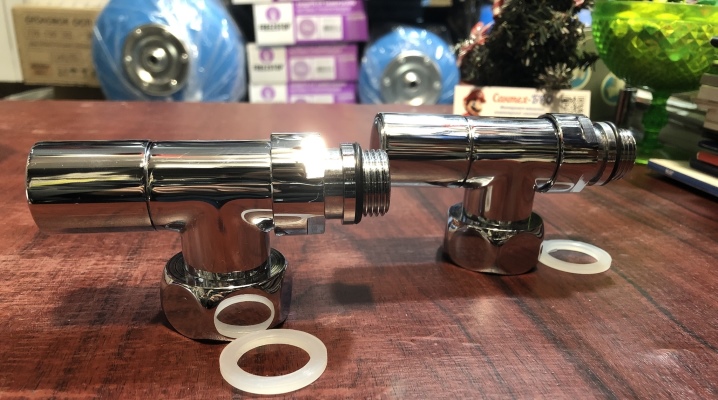
In Soviet times, almost all heated towel rails were a typical coil, which was used not only for drying linen and towels, but also as a heating device. Since then, the main purpose of the heated towel rail has not changed, but the appearance has become more improved. Some aesthetic appeal has appeared, and the forms have become more diverse. To connect the pipes to each other and give the heated towel rail a certain shape, special devices are used - corners, or fittings.
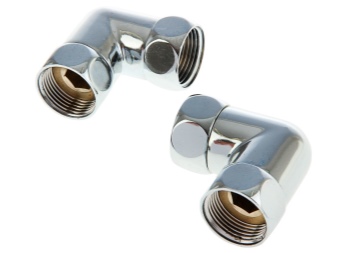
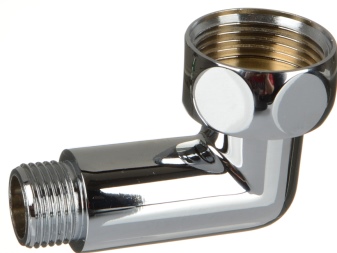
Varieties
Before dealing with the types of corners, it should be noted that the heated towel rails themselves are divided into 3 large categories:
- electrical;
- combined;
- aquatic.
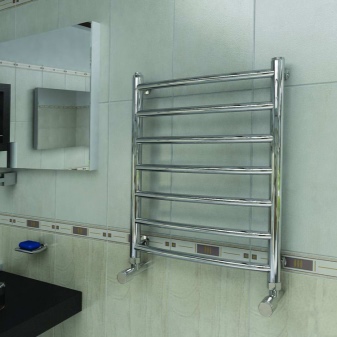
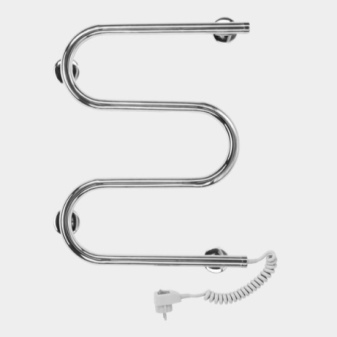
It is noteworthy that heated towel rails from the first two categories are initially supplied with special clamps. And heated towel rails of the third type require additional accessories. It is for them that corners are mostly made. Such heated towel rails are presented in various forms:
- classic version;
- U-shaped;
- angular;
- in the form of ladders of different lengths.
To visualize the fittings for a heated towel rail, just look at the standard plumbing corners. They are practically the same, apart from some difference in visual appeal. The corners for the heated towel rail are not only useful in fixing the heated towel rail, but are also a worthy and full-fledged decoration of the interior.
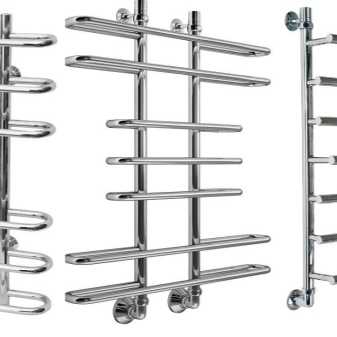

Such fittings are made of stainless steel, brass, and can also have a chrome finish.
All connecting fasteners are subdivided into several categories among themselves:
- swivel fittings at 45 and 90 degrees, which are used to connect to the central pipe;
- tee;
- detachable extension cord;
- crosspiece;
- clutch and clutch-American;
- stopcock;
- brackets and plugs.
There are also transition corners, with a union nut, an internal thread and a Mayevsky tap. Each connector differs not only in purpose, but also in size - for example, 1x1 ", 1x3 / 4" and some others. It is noteworthy that an angle of 1 inch is considered the smallest.
The corners also differ in color - yellow (made of brass), black, chrome plated. Factory fittings are always of high quality as they are made from the most durable metals.
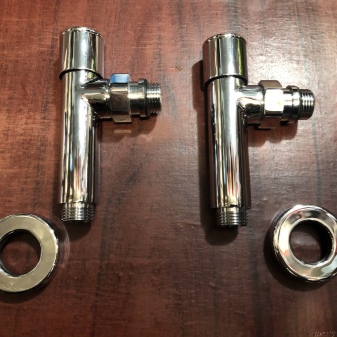
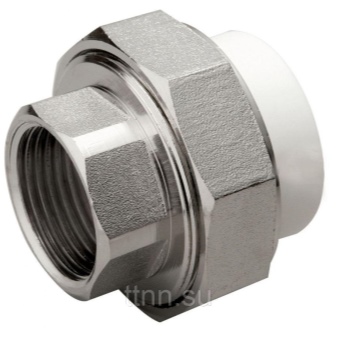
Selection rules
Since a heated towel rail is a very important accessory, the choice of the product itself, as well as the accompanying accessories, must be approached as responsibly as possible. First you need to decide for what purpose the corners are purchased. As a rule, during the initial installation of a heated towel rail, almost all types of fasteners will be required.
The choice of color is highly individual. The color black or chrome should be selected in accordance with the color of the coil itself, as well as the overall interior of the bathroom.


In the selection process, you must carefully monitor the quality of the purchased corners. Poor quality fittings can cause untimely breakage and water leakage from the coil.
Installation
It is important not only to make the right choice in favor of quality corners, but also to install the corners correctly. In practice, several mounting options are used.
- Capillary brazing, which is best suited for copper and non-ferrous alloy parts. The peculiarity of this technique is that a small gap (within 0.5 mm) is left between the two elements to be connected. Next, molten solder is poured there.
- Compression method, in which two elements are connected to each other using a special compression ring.
- Press connection.
- Self-locking fittings.
An important point: regardless of the chosen method of fixation, during installation work, experts recommend using a special polymer winding. Conventional FUM tape is also acceptable, but this option is considered less reliable.


When carrying out installation work, it is also necessary to select fittings by size. Unsuitable corners can also cause premature failure.
For heated towel rails, see the video below.













The comment was sent successfully.